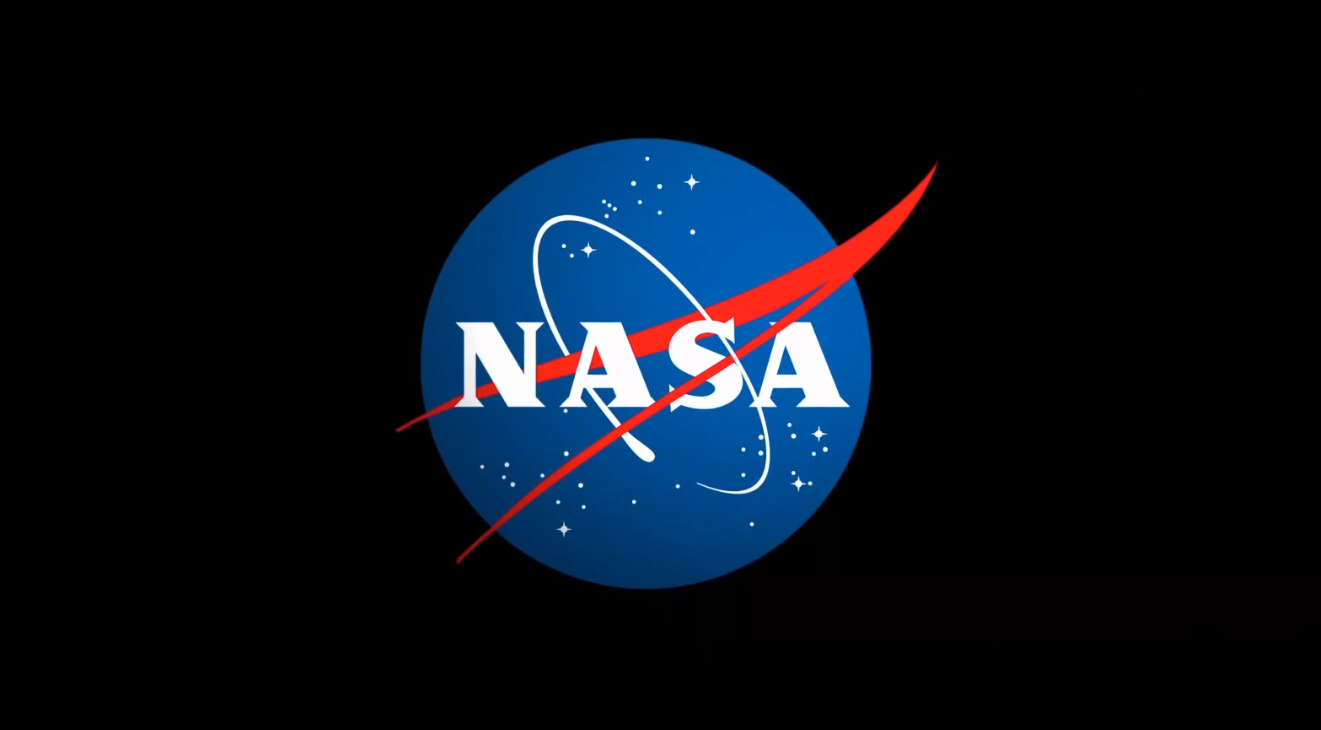
Two proposals for missions to observe X-ray and far-infrared wavelengths of light from space were selected by NASA for additional review, the agency announced Thursday. Each proposal team will receive $5 million to conduct a 12-month mission concept study. After detailed evaluation of those studies, NASA expects to select one concept in 2026 to proceed with construction, for a launch in 2032.
The resulting mission will become the first in a new class of NASA astrophysics missions within the agency's longstanding Explorers Program. The new mission class, Probe Explorers, will fill a gap between flagship and smaller-scale missions in NASA's exploration of the secrets of the universe.
"NASA's Explorers Program brings out some of the most creative ideas for missions that help us reveal the unknown about our universe. Establishing this new line of missions - the largest our Astrophysics program has ever competed - has taken that creativity to new heights," said Nicola Fox, associate administrator, Science Mission Directorate at NASA Headquarters in Washington. "Both of the selected concepts could enable ground-breaking science responsive to the top astrophysics priorities of the decade, develop key technologies for future flagship missions, and offer opportunities for the entire community to use the new observatory, for the benefit of all."
The National Academies of Sciences, Engineering, and Medicine's 2020 Decadal Survey, Pathways to Discovery in Astronomy and Astrophysics for the 2020s, recommended NASA establish this new mission class, with the first mission observing either X-ray or far-infrared wavelengths of light. Mission costs for the new Probe Explorers are capped at $1 billion each, not including the cost of the rocket, launch services, or any contributions.
NASA evaluated Probe Explorers proposals based on their scientific merit in alignment with the Decadal Survey's recommendations, feasibility of development plans, and use of technologies that could support the development of future large missions.
The selected proposals are:
Advanced X-ray Imaging Satellite
- This mission would be an X-ray imaging observatory with a large, flat field-of-view and high spatial resolution. It would study the seeds of supermassive black holes; investigate the process of stellar feedback, which influences how galaxies evolve; and help determine the power sources of a variety of explosive phenomena in the cosmos. The observatory would build on the successes of previous X-ray observatories, capturing new capabilities for X-ray imaging and imaging spectroscopy.
- Principal investigator: Christopher Reynolds, University of Maryland, College Park
- Project management: NASA's Goddard Space Flight Center in Greenbelt, Maryland
Probe far-Infrared Mission for Astrophysics
- This observatory would be a 5.9-foot (1.8-meter) telescope studying far-infrared wavelengths, helping bridge the gap between existing infrared observatories, such as NASA's James Webb Space Telescope, and radio telescopes. By studying radiant energy that only emerges in the far-infrared, the mission would address questions about the origins and growth of planets, supermassive black holes, stars, and cosmic dust.
- Principal investigator: Jason Glenn, NASA Goddard
- Project management: NASA's Jet Propulsion Laboratory in Southern California
The Explorers Program is the oldest continuous NASA program designed to provide frequent, low-cost access to space using principal investigator-led space science investigations relevant to the Science Mission Directorate's astrophysics and heliophysics programs. Since the Explorer 1 launch in 1958, which discovered Earth's radiation belts, the Explorers Program has launched more than 90 missions, including the Uhuru and Cosmic Background Explorer missions that led to Nobel prizes for their investigators.
The Explorers Program is managed by NASA Goddard for the Science Mission Directorate, which conducts a wide variety of research and scientific exploration programs for Earth studies, space weather, the solar system and universe.






